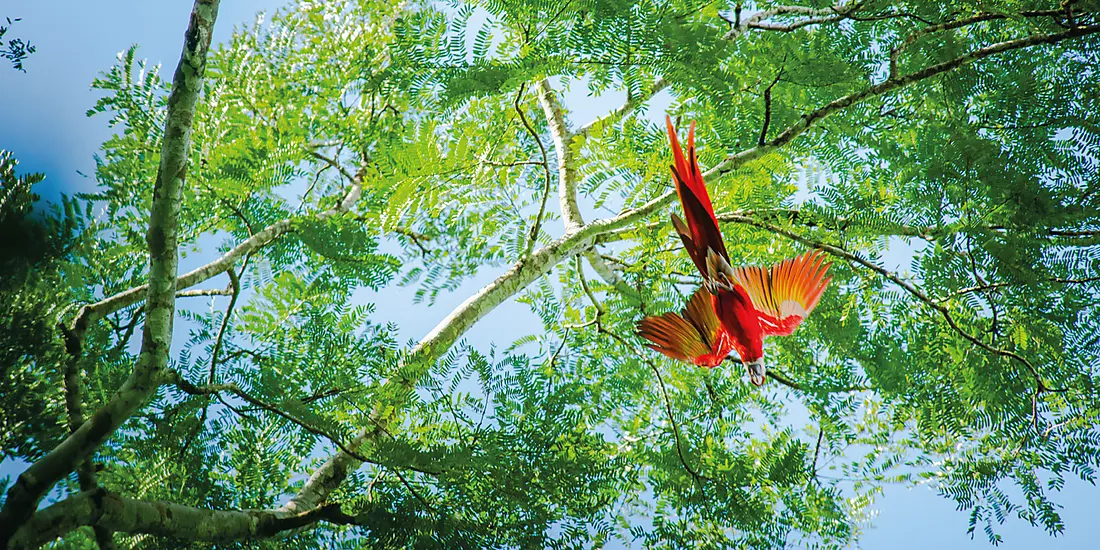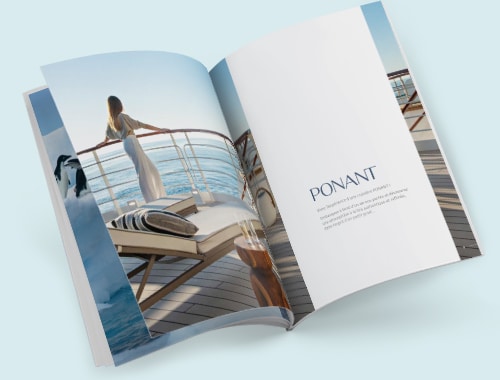Why go on a Central American cruise?
There's something for everyone in Central America! History buffs will never be bored. There are plenty of activities for diving and nature lovers. Travellers in search of relaxation and dream beaches need look no further. Still not convinced? We have detailed three reasons why you should opt for a Central American cruise.
Read more
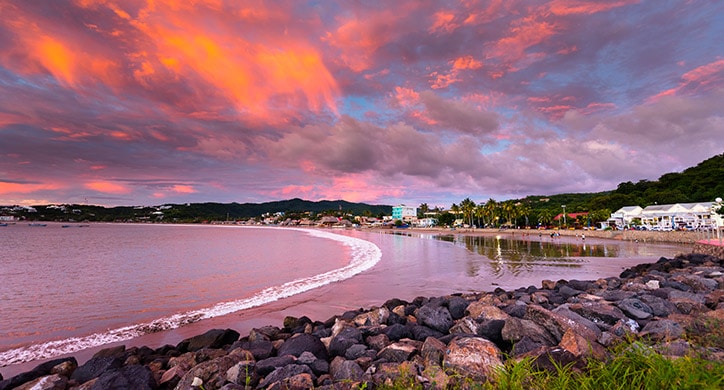
Must-sees on your Central American cruise
At sea or on dry land, there are so many unmissable sights in Central America. Here are ten iconic places to see during your Central American cruise.
Read more
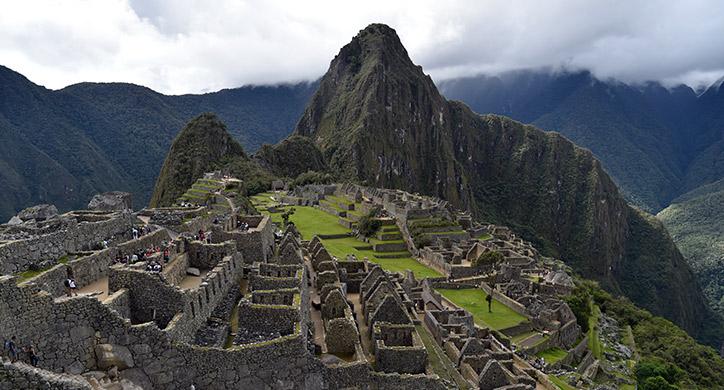
Explore Central America
Why go on a Central American cruise?
There's something for everyone in Central America! History buffs will never be bored. There are plenty of activities for diving and nature lovers. Travellers in search of relaxation and dream beaches need look no further. Still not convinced? We have detailed three reasons why you should opt for a Central American cruise.
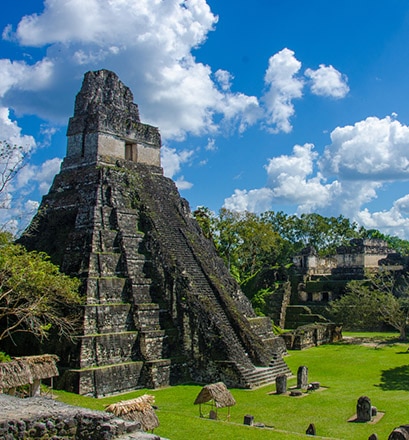
Unveil the secrets of Mayan civilisation
Before the Spanish conquest, the Mayans reigned supreme in Central America. The ruins of their city-states are still there to remind us of this. Chichén Itzá, Tulum, Palenque, Uxmal, the archaeological site of Edzná on the Yucatán peninsula, Lamanai in Belize, Tikal in Guatemala, Tazumal in El Salvador... These artefacts from a bygone era are dotted all over Central America. Temples, pyramids and other gems remind us of the power of a people who have developed a sophisticated writing system, and a rich culture and economy. Whether they're found peeking out of the jungle or overlooking the sea, the remains of Mayan cities are essential stops on a journey to Central America.
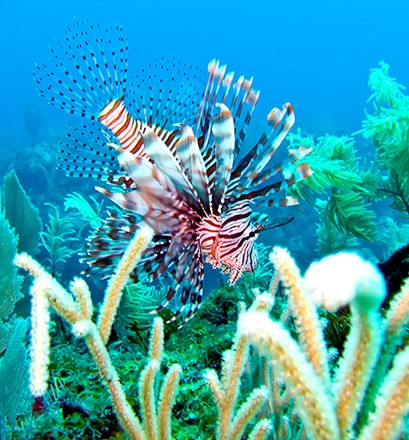
Be at one with nature, the Earth, or the nautical world
Central America offers a diversity of panoramas that are ideal for both scuba divers and lovers of the great outdoors. The Sea of Cortez and the islands of the Gulf of California in Mexico or the Pearl Archipelago in Panama feature a thriving seabed to explore during snorkelling tours. With our naturalist guides by your side, you won't miss any of the surprises hidden within the coral reefs, including multicoloured fish and marine turtles, or the exceptional opportunity to swim with sea lions at Los Islotes off Baja California. Explore the canopy, primary forests, and national parks in Costa Rica, where the sounds of vibrant nature call to travellers. Along the volcanic landscapes of Guatemala or Nicaragua, the lakes, rivers and mangroves complement the lush landscapes of this region, which accounts for 7% of the world's biodiversity.
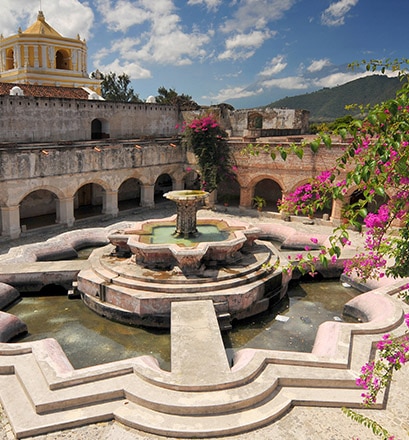
Explore remarkable historic towns
Whatever Central American countries you visit, the colonial footprint is there to remind you of the region's past. With perfectly preserved historic centres, the cities of La Antigua in Guatemala City and Granada in Nicaragua are perfect examples. In Mexico, the fortified city of Campeche and the capital of Yucatán, Merida, are simply amazing. Belize City and Panama City also have their share of unmissable monuments. In Panama, you of course won't want to miss the famous canal. It has a story that's just as interesting as those of the colonial cities.
Must-sees on your Central American cruise
At sea or on dry land, there are so many unmissable sights in Central America. Here are ten iconic places to see during your Central American cruise.
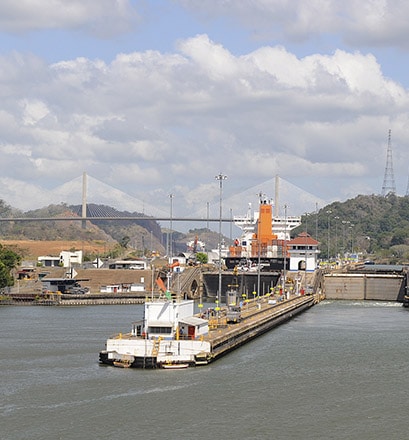
The Panama Canal (Panama)
Located at the junction of the Pacific and Atlantic Oceans, where North and South America meet, the Panama Canal is of crucial strategic economic importance to the country. Visit the locks, cross the canal, and see the colossal achievements of this construction site, considered to be the 20th century’s most complex feat of engineering.
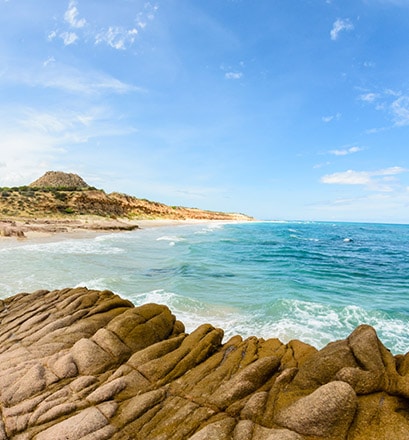
The Bahía Marine National Park in Loreto (Sea of Cortez - Mexico)
Created in 1996 in the heart of the Sea of Cortez, on the west coast of Mexico, Loreto's Bahía National Marine Park offers a variety of breathtaking landscapes: rocky shores, mangroves, cliffs... Here you'll discover Montserrat Island, with white sandy beaches, emerald waters, and the superb rock formations of Punta Agua Verde, a starting point for snorkelling tours. This is an excellent opportunity to explore the seabed, full of multicoloured fish. Catch a glimpse of the sea lions as you approach the untouched coasts of Coronado Island aboard a Zodiac®.
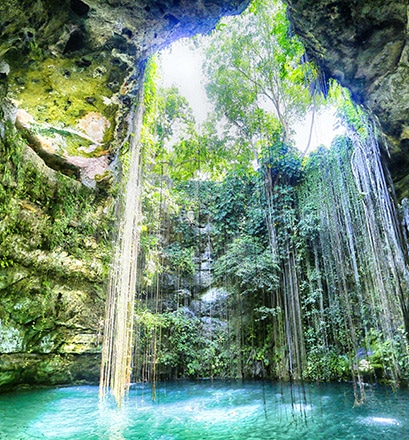
Chichén Itzá and the cenotes of Yucatán (Mexico)
Accessible from Progresso on cruises to the Yucatán peninsula, Chichén Itzá is undoubtedly the most famous Maya site in the world. And that's probably because it's one of the best preserved. While the pyramid-shaped Castillo, temples, and observatory will feature among the highlights of your visit, the sacred cenote is certainly the pinnacle. About thirty metres deep and 65 metres in diameter, it was once used in human sacrifice ceremonies.
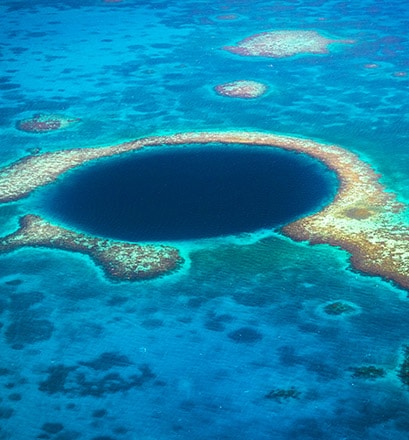
The Blue Hole (Belize)
The Blue Hole, with its turquoise waters, is symbolic of Belize, and it's an absolute must-see during your Central American cruise. At 300 metres in diameter and 124 metres deep, it's one of the most sought-after diving spots in the region. Jacques Cousteau called it one of the 10 most beautiful diving sites in the world.
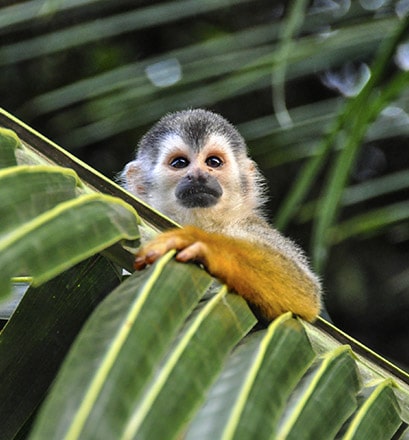
Manuel Antonio National Park (Costa Rica)
Manuel Antonio National Park is iconic in Costa Rica, and is one of the country's most renowned. Situated on the Pacific coast and close to the ocean, it extends over nearly 700 hectares of primary and secondary forest. Here, like in many Costa Rican national parks, you'll have to look up to observe the wildlife. Monkeys, sloths, iguanas, pelicans, and other birds fly in complete tranquillity as they put on a unique show. By the water's edge, the white sandy beaches welcome to take a dip.
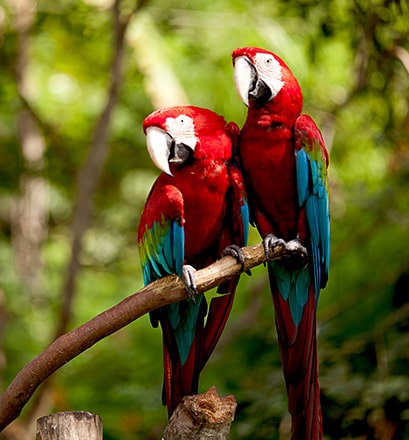
Pura Vida Gardens (Costa Rica)
From Herradura, as you leave the Gulf of Nicoya, take a trip to the gardens of Pura Vida. Voted the most beautiful garden in Central America by the Tropical Sierra Foundation, it's home to a selection of the flora and fauna on offer in Costa Rica. Take a stroll to see a range of trees and orchids, waterfalls, and spectacular views of the Pacific Ocean.
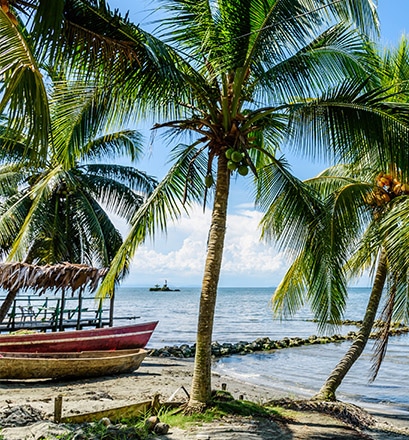
Livingston (Guatemala)
The small, secluded town of Livingston in Guatemala, located on the río Dulce delta, is only accessible by boat. Here, we live to the Caribbean rhythm. Garifuna music, named after the Garifuna people, descendants of Jamaican slaves, can be heard all over. It's even classified by UNESCO on its intangible cultural heritage list.
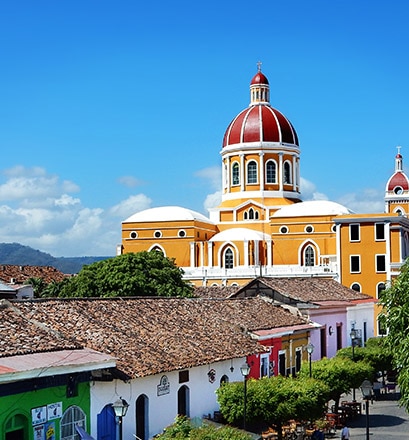
Granada (Nicaragua)
Nicaragua's third-largest city, Granada, is a tight-knit place and a pleasure to visit. Its colonial past can be seen in most of its colourful monuments with Andalusian and Moorish influences. These led to the nickname 'La Gran Sultana'. In the surrounding area, Lake Nicaragua and the Mombacho volcano offer the perfect settings to give you a true feeling of being far from home.
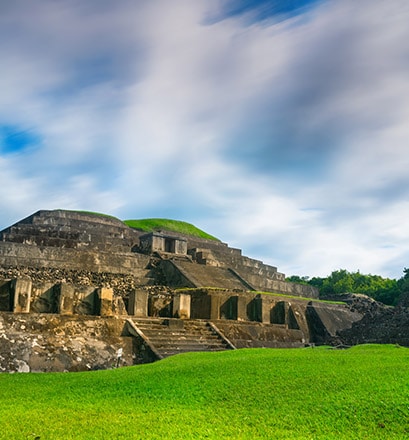
Tazumal (El Salvador)
Very much off the beaten track until recently, El Salvador remains a destination full of secrets. The archaeological site of Tazumal is one example. Some of its ruins date back to 5000 BC. They also shed new light on Maya civilisation's networks and the exchanges between areas separated by several hundred kilometres.
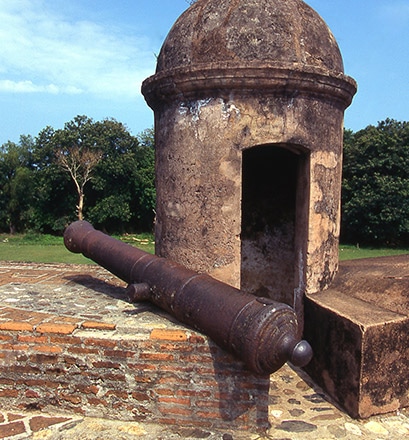
San Fernando de Omoa's Fortress (Honduras)
Close to both Guatemala and Belize, San Fernando de Omoa's Fortress was built by the Spanish between 1752 and 1775 to guard the Honduran coast. The goal? To protect silver ore shipments from looting by Caribbean pirates. The fortress is now one of the country's most emblematic monuments.







